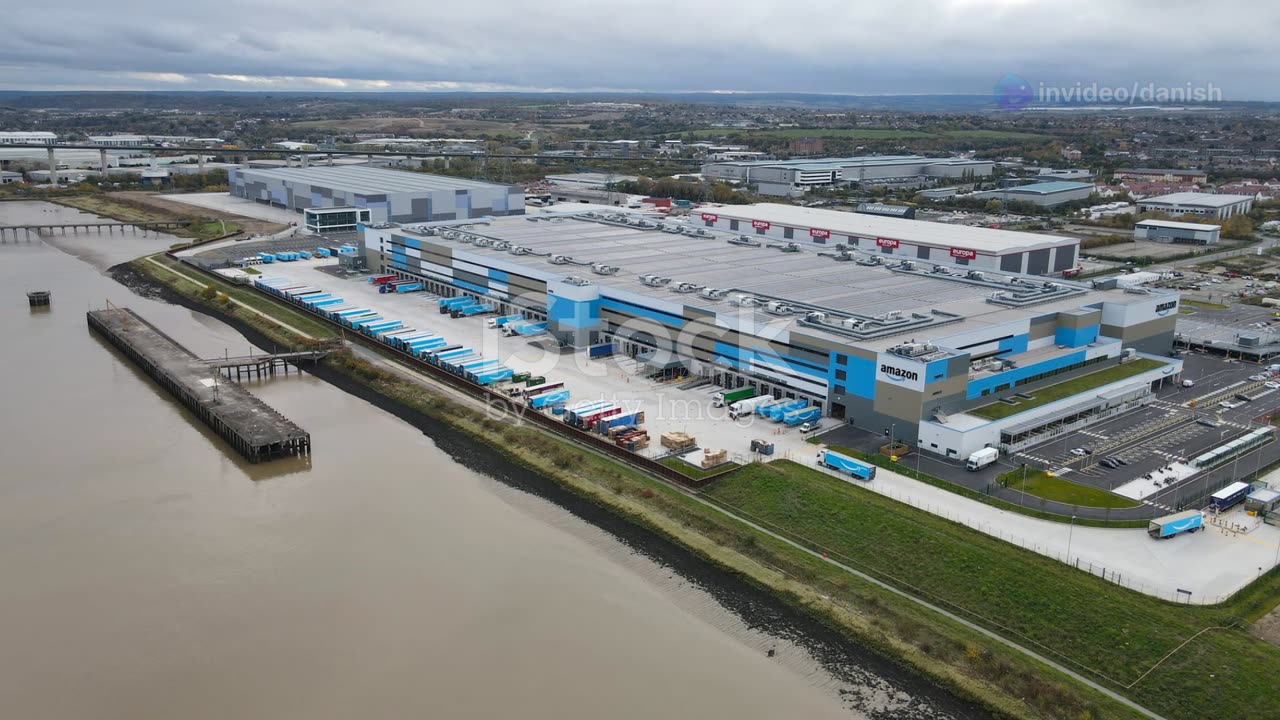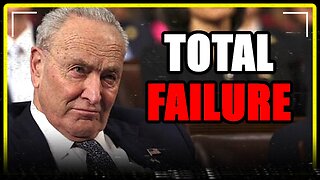Premium Only Content

To achieve a $60 billion export target, the Prime Minister (PM) will need a comprehensive and multi-faceted strategy that addresses key areas such as trade policy, industry competitiveness, market diversification, and infrastructure development. Below is a strategic framework that can be tailored to the specific context of the country:
1. Strengthen Trade Policy and Institutional Support
Streamline Trade Regulations: Simplify export procedures, reduce bureaucratic hurdles, and digitize customs processes to make exporting easier for businesses.
Incentivize Exporters: Provide tax rebates, duty drawbacks, and subsidies to exporters, especially for high-potential sectors.
Establish Export Promotion Agencies: Create or strengthen dedicated agencies to support exporters with market research, trade fairs, and buyer-seller meets.
Free Trade Agreements (FTAs): Negotiate and finalize FTAs with key trading partners to reduce tariffs and non-tariff barriers.
2. Focus on High-Potential Sectors
Identify Key Sectors: Prioritize sectors with high export potential, such as:
Manufacturing (e.g., textiles, electronics, automotive)
Agriculture and processed foods
Pharmaceuticals and healthcare products
IT services and software
Renewable energy technologies
Value Addition: Encourage industries to move up the value chain by exporting finished goods rather than raw materials.
Quality Standards: Ensure products meet international quality and safety standards to access premium markets.
3. Market Diversification
Explore New Markets: Reduce dependency on traditional markets by targeting emerging economies in Africa, Southeast Asia, and Latin America.
Leverage Regional Trade Blocs: Strengthen trade ties within regional blocs (e.g., ASEAN, EU, African Continental Free Trade Area).
Diplomatic Outreach: Use diplomatic channels to promote exports and resolve trade disputes.
4. Enhance Competitiveness
Improve Ease of Doing Business: Reduce red tape, improve infrastructure, and ensure reliable access to utilities (electricity, water, etc.).
Skilled Workforce: Invest in vocational training and education to create a skilled workforce for export-oriented industries.
Technology Adoption: Promote the adoption of advanced technologies (e.g., automation, AI) to improve productivity and reduce costs.
5. Infrastructure Development
Logistics and Connectivity: Invest in ports, roads, railways, and airports to reduce transportation costs and improve delivery times.
Special Economic Zones (SEZs): Develop SEZs with world-class infrastructure to attract foreign investment and boost exports.
Digital Infrastructure: Ensure robust digital infrastructure to support e-commerce and IT-enabled services.
6. Promote Branding and Marketing
Country Branding: Develop a strong national brand to promote "Made in [Country]" products globally.
Trade Fairs and Exhibitions: Participate in international trade fairs to showcase products and services.
E-commerce Platforms: Leverage global e-commerce platforms (e.g., Amazon, Alibaba) to reach international customers.
7. Financial Support for Exporters
Export Financing: Provide low-interest loans and credit guarantees to exporters.
Currency Stability: Ensure a stable exchange rate to reduce risks for exporters.
Insurance: Offer export credit insurance to protect against non-payment risks.
8. Monitor and Evaluate Progress
Set Milestones: Break down the $60 billion target into annual or quarterly milestones.
Data-Driven Approach: Use real-time data to track progress and identify bottlenecks.
Feedback Mechanism: Regularly consult with industry stakeholders to refine strategies.
9. Public-Private Partnerships (PPPs)
Collaborate with Industry: Work closely with industry associations and chambers of commerce to align strategies with private sector needs.
Joint Ventures: Encourage joint ventures between local and foreign companies to boost exports.
10. Sustainability and Green Exports
Promote Green Products: Focus on exporting environmentally friendly products and technologies.
Comply with Global Standards: Ensure compliance with international environmental and labor standards to avoid trade barriers.
Implementation Timeline
Short-Term (0-12 months): Focus on quick wins like simplifying export procedures, launching marketing campaigns, and securing FTAs.
Medium-Term (1-3 years): Invest in infrastructure, skill development, and sector-specific initiatives.
Long-Term (3-5 years): Build a sustainable export ecosystem with a focus on innovation, branding, and global competitiveness.
By adopting this strategy, the PM can create a robust framework to achieve the $60 billion export target, driving economic growth and creating jobs. Regular monitoring and adaptability will be key to ensuring success.
-
 4:22
4:22
NAG Daily
13 hours agoSaving Grace #4 — Is The BIBLE Wrong?
3.15K5 -
 6:14
6:14
Sugar Spun Run
23 hours ago $0.29 earnedApple Cobbler
1.47K4 -
 31:26
31:26
Clownfish TV
6 days agoJimmy Kimmel GONE FOR GOOD?! Insider Claims Disney is DONE! | Clownfish TV
4.71K25 -
 7:53
7:53
Rethinking the Dollar
11 hours agoForget AI & War: This Is What Will Break You in 2026
2.28K3 -
 20:03
20:03
Bearing
7 days agoGIRLFRIEND Reveals Her SECRET KINK 😂 (It Doesn’t Go Well) 💥
8.31K84 -
 56:23
56:23
Coin Stories with Natalie Brunell
1 day agoLyn Alden: Bullish on Bitcoin & Hard Assets
4.44K -
 8:10
8:10
MattMorseTV
17 hours ago $14.20 earnedSchumer's PLAN just IMPLODED.
25.9K68 -
 2:11:52
2:11:52
Side Scrollers Podcast
20 hours agoYouTube ADMITS BLATANT Censorship + California Wants to FINE “Hate Speech” + More | Side Scrollers
77.1K18 -
 15:18
15:18
GritsGG
15 hours agoSweaty Quads w/ Bobby Poff!
18.5K6 -
 17:11
17:11
Nikko Ortiz
1 day agoIs Poverty Your Fault?
39.7K39